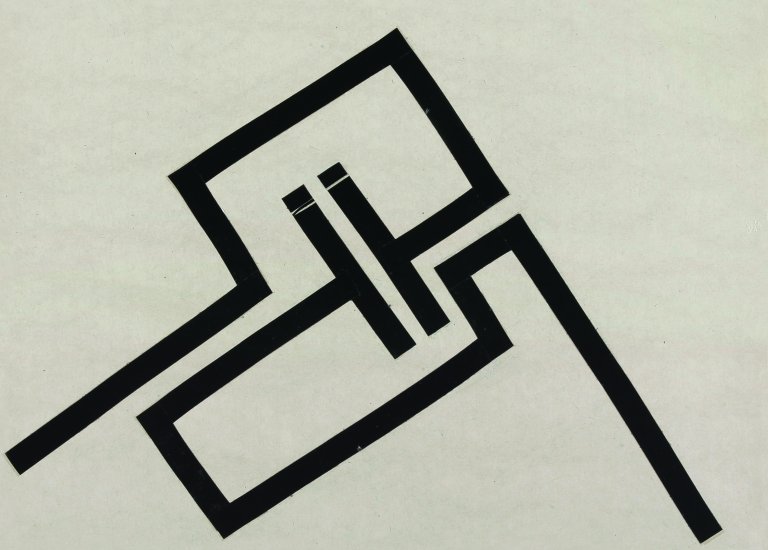
The exhibition was extended until Sunday, September 29th
Václav Cigler (*1929) ranks with the world-renowned names of the artistic generation risen out of the early 1960s. His work is centred on sculptural objects from polished optical glass, the designs and realisations of luminant structures, as-well as jewellery, drawings, landscape projects and architectural compositions.
The intrinsic foundation of Václav Cigler’s artistic works lies in poetry, or as he puts it: “To seek it out means to grasp the intrinsic properties of grass, water, clouds, to determine the tectonic properties of stone, the construction potentialities of a tree trunk, a steel girder, to extrapolate the possibilities of new materials and stipulate their uses.”
Václav Cigler sees art as means of discovery, of perception and experience as well as environmental transformation, and most of all as a means of expression of the nature of the world we inhabit, its primordial shape and meaning. The key characteristic of Cigler’s work is the concept of space which encompasses both the physical experience of motion in general, but which is also in relation to its external environment, as-well as to landscape with overtones relating to the cosmic dimension. It utilises simple geometric shapes as its means of expression – points, lines, circles – symbolising the universal order of the world. Cigler’s visionary landscape projects, his sense of space and his way of introducing the viewer to a spatial situation serves to create a dialogue between a specific environment, architecture or landscape. His work is about every one of us, about our deeper perception, our experience and ability to concentrate. It reflects the gentle movement of particles, the intensity of the transfer of energies or the dissemination of a certain kind of upheaval through space.
The extensive selection of the presented drawings can be dated from the fountain designs for EXPO’58 originating from 1956 to the present. The series came into being progressively in scheduled periods and blended with the artists life as part of his experiences and the situations he found himself in. Cigler’s work on paper captures the process, uncovers a powerfully authentic expression and deep intellectual subtext, which is both contemporaneously and indirectly accompanied by short texts, which the artist thinks of poetically. In a sense they present us with a universal picture of the artist’s way of seeing, the inspiration for which is the external natural world, and internal naturality. The large format drawings present the ideas and themes of the artist’s life-long deliberation on the creation of life on Earth and its meaning. They are so closely connected to their surroundings, it is as if there were no boundary between the external and the internal. We are dealing with the fields of the physical and biological laws governing nature and the universe. The drawings are undoubtedly among the more personal and spontaneous aspects of Cigler’s work, often being the conceptual and the foundation stages of his monumental realisations. The drawings as such do not require the viewer to have an insight and knowledge of where they fit into the context of his entire body of work.
As opposed to other traditional conceptions of this medium, the drawings of Václav Cigler capture processes and storylines through light, which is ceaselessly in motion; light which travels along lines and captivates the surrounding architecture through its distinctive aesthetic qualities and spatial capabilities. It becomes an important means of communication between the exhibited works, the gallery space, and the viewer.
EXHIBITION | Václav Cigler: Kresby
VERNISATION | MARCH 21. 2019
DURATION IN | JUNE 23, 2019
LOCATION | Muzeum moderního umění Olomouc – Trojlodí
EXHIBITION CONCEPTS | Jana Šindelová, Michal Motyčka
CURATORS | Gina, Renotière, Olga Staníková, Jana Šindelová
ARCHITECTURAL SOLUTION | Michal Motyčka, Petr Oulehla
GRAPHIC DESIGN | Michal Motyčka, Petr Šmalec
INSTALLATION | Jan Kutra, Vlastimil Sedláček, Filip Šindelář
TRANSLATION | David Pinkava, Zuzana Henešová
Photos: Olomouc Museum of Art – Zdeněk Sodoma